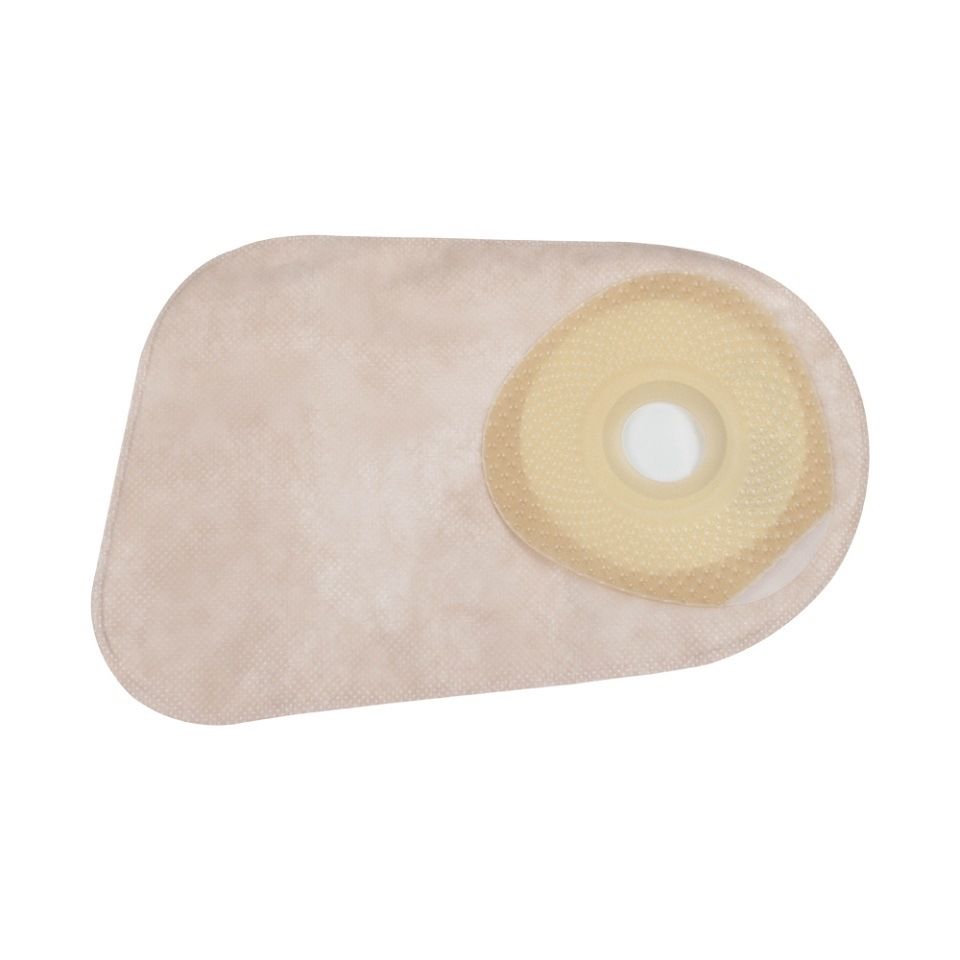
Recent Changes in Medical Grade Honey Reimbursement – What you as a Consumer Need to Know
There are many changes coming when it comes to the market for medical grade honey for wound care. But there are also many things that are remaining the same. These are the important points you, as a consumer, need to know.
What Hasn’t Changed about Medical Grade Honey for Wound Care
Most importantly, the use of medical grade honey for wound care continues to be an FDA approved practice that is safe and effective for treating wounds and burns.
The reason is that honey has advanced wound healing properties that provides:
- Optimal moist environment conducive to wound healing
- To help soften and liquefy necrotic (dead) tissue
- A low pH level which has been shown to have wound healing benefits – pH is the level of acidity or alkalinity of a solution or substance. If the pH of a product is too different from the pH of the skin it could damage the skin. It is estimated that the ‘natural’ skin surface pH is on average 4.7. High grade medical honey has a pH of at or below 4.7.
It can be used to treat a wide range of wounds, including:
- Diabetic Foot Ulcers
- Pressure Ulcers
- Skin Tears
- Superficial Burns
- Surgical Wounds
- Venous Ulcers
For anyone who needs medical grade honey to deal with wounds on a regular basis, the recently announced changes are both a cause for celebrating and seeking out help for getting medical grade honey wound care products, whether that’s by paying cash or getting help with handling insurance reimbursements.
Recent Changes Related to Medical Grade Honey
Unfortunately in January 2015, The Centers for Medicare and Medicaid Services (CMS) made the decision to discontinue reimbursements under Medicare Part B for honey-based wound dressings containing more than 50 percent medicinal honey.
The exceptions to this rule included:
- Acute Care Inpatient
- Home Healthcare Agency Use
- Long-term Acute Care Hospitals
- Outpatient Wound Clinics
- Skilled Nursing Facilities (for the first 100 days)
However, those patients affected by the change are those receiving 1) outpatient care locations not found in the above list OR 2) those receiving or administering self-care at home.
CMS Changes its Mind
In June of 2015, CMS reversed the January 2015 decision and allowed honey-based wound dressings containing more than 50 percent medical honey to submit for reimbursement.
Unfortunately, CMS made it more difficult and time consuming for those selling honey products to submit these claims for reimbursement on behalf of patients. Many suppliers found the claims submission and approval format excessively cumbersome and the processing time over long.
Many suppliers ultimately decided that the risk of claim rejection was far too great. So, they quit offering reimbursable medical honey products containing more than 50 percent medical honey and instead offered patients reimbursable non-honey products.
Why is CMS Making these Changes?
No one is really certain why the changes are being made. Some believe it is part of an effort to reduce overall Medicare costs. But, there is widespread concern that while it may only reduce costs marginally it will actually only serve to hurt patient outcomes.
For these reasons, many consumers are now paying cash for honey products because they see and feel the benefits of honey for wound care and don’t want to switch to non-honey products.
Where Can Patients and/or Caregivers Buy Honey Dressings?
While so many suppliers are opting out of supplying medical grade honey products, there are some who will handle insurance billing on behalf of customers — and most will accept cash payments for honey dressings. The online retailer, Medical Monks is one of the few retailer / suppliers that can help consumers with both cash and insurance billing for medical grade honey products.
What Are Some Great Medical Grade Honey Products on the Market?
Here are some top Medical Grade Honey-based wound dressings from Derma Sciences, a leading manufacturer in the industry:
MEDIHONEY® Calcium Alginate
Composed of a Calcium Alginate dressing impregnated with 100% Leptospermum or Manuka Honey. This dressing provides wound fluid absorption capabilities and continuous donation of honey to the wound bed. This dressing is for partial to full thickness wounds and burns that are moderately to heavily draining.
MEDIHONEY® HCS
Composed of a Super Absorbent Polymer (SAP Technology), offering 2.5 times more absorption that leading hydrocolloids, and 100% Leptospermum Honey. This dressing is for superficial to partial thickness wounds and burns that are non-draining to lightly exuding.
MEDIHONEY® Honeycolloid
Composed of hydrocolloids, which are absorptive powders, and 100% Leptospermum Honey. This dressing is for superficial to full partial thickness wounds and burns that are light to moderately draining.
MEDIHONEY® Gel
Composed of 100% Leptospermum Honey and natural gelling agents (vegetable esters). This formulation provides a thick ointment consistency (thicker than the MEDIHONEY® Paste) for added stability when applying to the wound bed. MEDIHONEY® Gel is indicated for superficial to full thickness wounds and burns that are light to moderately draining.
MEDIHONEY® Paste
This dressing comes in a tube just like the MEDIHONEY® Gel. The difference is that the Paste is composed of 100% Leptospermum Honey, with no natural gelling agents and is therefore thinner (more runny) in consistency. MEDIHONEY® Paste is indicated for superficial to full thickness wounds and burns that are light to moderately draining.
To read more about Derma Sciences and their products (to include clinical evidence) go to http://www.dermasciences.com/medihoney
For more information about medical grade honey product coverage and reimbursement or to buy medical grade honey products please visit our website at https://www.medicalmonks.com or call us at please call us here at Medical Monks at 844-859-9400.
 About the Author – The Product Specialists at Medical Monks contributed this article. Medical Monks is medical supply retailer serving consumers and businesses across the United States. Reach our Specialists at customercare@medicalmonks.com.
About the Author – The Product Specialists at Medical Monks contributed this article. Medical Monks is medical supply retailer serving consumers and businesses across the United States. Reach our Specialists at customercare@medicalmonks.com.


